Quick Access is a location in File Explorer where you can pin the folders that you open most frequently. Apart from that, it also shows the recently opened folders. Quick Access is available on the left pane in File Explorer. Some users have reported that opening the recent files from Quick Access crashes File Explorer. The issue also occurs on right-clicking any folder in Quick Access. In this article, we will see the solutions that will help you fix this problem.

Quick Access crashes File Explorer
First, restart Windows Explorer and see if the problem occurs again. To do so, follow the steps written below:
- Press the Ctrl + Shift + Esc keys to open the Task Manager.
- Select the Processes tab.
- Scroll down and locate Windows Explorer.
- Once you find it, right-click on it and select Restart.
If restarting Windows Explorer does not fix the problem, try the solutions provided below to resolve this issue.
- Run appropriate troubleshooters
- Repair corrupt system image files
- Clear File Explorer history
- Open File Explorer to This PC
- Uncheck Privacy Options in File Explorer
- Update or reinstall your display driver
- Troubleshoot in a Clean Boot state
- Repair Windows using Installation Media
Let’s see all these fixes in detail.
1] Run appropriate troubleshooters
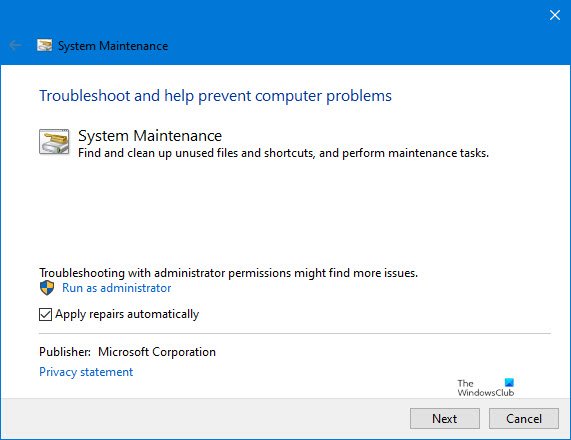
Troubleshooters are automated tools in Windows OS that help users fix different issues on their system. Because File Explorer is crashing every time you select a folder in Quick Access or right-click on folders, running the System Maintenance Troubleshooter can fix this problem.
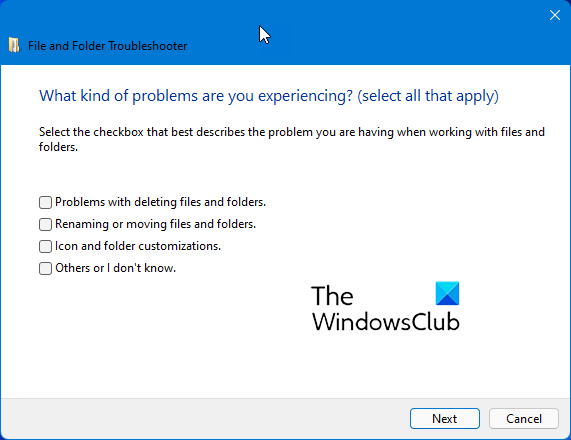
If the System Maintenance Troubleshooter fails to fix the problem, you can run File and Folder Troubleshooter. The File and Folder Troubleshooter will help you fix Explorer problems.
2] Repair corrupt system image files
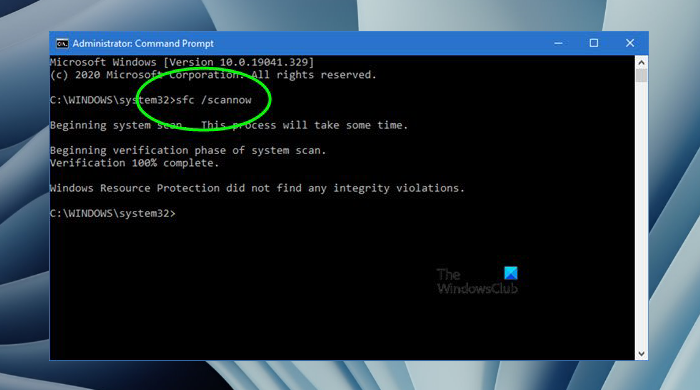
If the system image files of your system are corrupted, you will experience several kinds of issues like this one. We suggest you run the System File Checker utility to repair the corrupted system files. Running this tool is easy, You just have to execute the following command in the Administrator Command Prompt.
sfc /scannow
3] Clear File Explorer history
A lot of users have confirmed that clearing the File Explorer history fixed their problem. You should also try this. This action will also delete your recent items from Quick Access. The steps to do that are provided below:
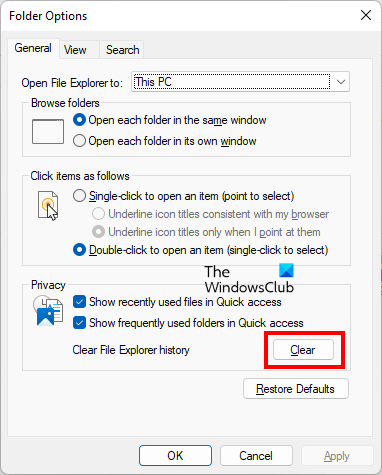
- Open File Explorer.
- Open Folder Options. The steps to open Folder Options are different for Windows 10 and Windows 11 due to a change in UI.
- In Windows 11, click on the three horizontal dots on the File Explorer ribbon and select Options.
- In Windows 10, go to “View > Options.”
- Select the General tab.
- Click on the Clear button in the Privacy section.
- Close and open File Explorer again.
This should fix the issue. If not, try the next potential fix.
4] Open File Explorer to This PC
Change your File Explorer settings. Make it open to This PC instead of Quick Access. The following instructions will help you with that.
- Open File Explorer.
- Now, open Folder Options by following the steps described in the previous fix.
- Under the General tab, select This PC in the “Open File Explorer to” drop-down.
- Click Apply and then click OK.
6] Uncheck Privacy Options in File Explorer
You have cleared File Explorer history but with time, it will again start displaying the recently opened folders in Quick Access. To stop Quick Access from displaying recently opened files and folders, uncheck Privacy Options in File Explorer. The steps to do that are as follows:
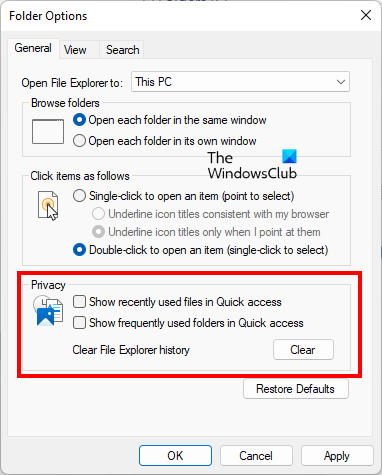
- Open File Explorer.
- Open the Folder Options window. The steps to open Folder Options are different for Windows 10 and Windows 11. We have already talked about this earlier.
- Under the General tab, uncheck all the options in the Privacy section.
- Click Apply and then click OK.
6] Update or reinstall your display driver
Sometimes, a corrupted display driver also causes problems. Open the Optional Updates page in Windows Update and see if an update for your display driver is available there or not. If yes, install the update. If the update is not available there or if updating the display driver does not fix the problem, uninstalling and reinstalling it can help. Follow the steps below:
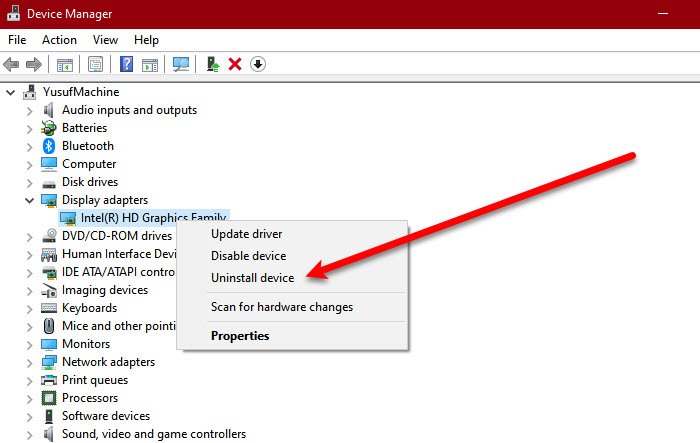
- Download the latest version of your display driver from the manufacturer’s website.
- Open the Device Manager.
- Double-click on the Display adapters node to expand it.
- Right-click on your display driver and select Uninstall device. Follow the on-screen wizard to uninstall the driver.
- Now, run the installer file that you have downloaded from the manufacturer’s website to install the display driver manually.
Now, check if the problem persists.
7] Troubleshoot in a Clean Boot state
If the problem still persists, there might be a startup app causing the problem. To check this, troubleshoot your system in a Clean Boot state. When you start your system in a Clean Boot state, all the startup programs remain disabled except the essential services and apps. Now, open the File Explorer and see if it crashes in the Clean Boot state. If not, you have to identify the problematic startup app.
To identify the culprit program, enable some of the disabled programs and start your system in normal mode. See if the File Explorer crashes. If yes, one of the enabled startup apps is the culprit. Now, disable one of the startup apps and check if the problem disappears. repeat this process until you find the problematic app. Once you find it, uninstall it.
8] Repair Windows using Installation Media
If none of the above solutions fixed the problem, repair Windows using Installation Media.
Related: Quick Access Not working, Slow to open, Not showing Recent files
Hope this helps.
Why does my File Explorer keep crashing?
There could be many reasons why your File Explorer keeps crashing or freezing like corrupted display drivers, corrupted system files, RAM issues, a conflicting startup app, etc. To fix this issue, you can try running an SFC scan, updating display drivers, troubleshooting your system in a Clean Boot state, etc.
How do I repair corrupt quick access?
You can use the Windows Terminal to access the QuickAccess folder location and then choose to delete it. The location for quick access is %APPDATA%\Microsoft\Windows\Recent\AutomaticDestinations. Once you reach here in the terminal, you can use the del /F /Q command to delete the files forcefully. Once done, restart your PC, and let the system rebuild things.
Leave a Reply